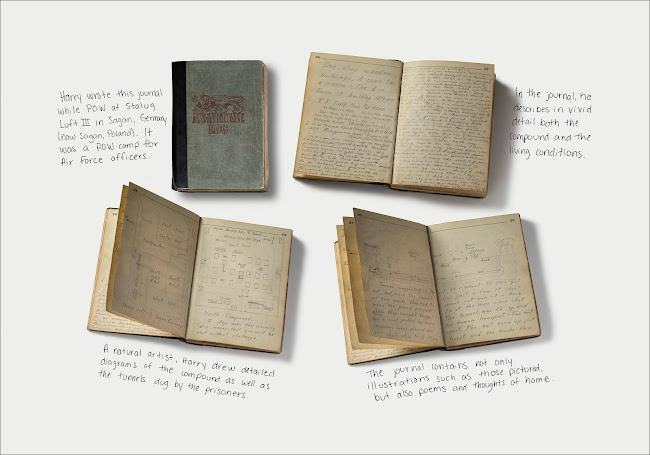what we carried
If bullets had flown
And bombs had dropped
If tanks had rumbled through
If soldiers with large, heavy firearms had shouted at you and shoved your neighbors
If bodies of people you knew had littered the streets
If fear had replaced thoughts in your troubled, terrified mind
If your children could not attend school or go outside…
If food had run scarce
If electricity was now a distant memory…
If all this meant you must flee
With only darkness as your cover
With a child huddled under each arm…
What few things would you take?
With your life, and that of your family, now crammed into one bulging suitcase
What totems, what tangible mementos of the life soon to be behind you
would you salvage?
Your uncharted journey may take years.
You may struggle to sleep in a crowded refugee camp where sickness abounds,
where widows wail and hungry babies howl.
You may ride buses. You may board boats or barges or rafts that look like they could sink at any moment.
You may walk through more than one country.
You may cross borders where fierce-looking guards question your purpose.
You may struggle to hold on to your essential documents,
proof that once you were a citizen somewhere.
You may offer bribes to shady characters
who look like the very definition of untrustworthy.
(You have no choice but to trust them).
You will be adrift.
You may never again see the place you have thought of as home.
What would you take to remember this precious life you are leaving?
What would you leave behind?
– Jim Lommasson
From "What
We Carried: Fragments and Memories from the Cradle of Civilization"
...why what we carried?
These “What We Carried” projects have been an effort to provide a platform for refugees, genocide and Holocaust survivors to tell their own stories. I began my first collaborative photography/storytelling project in 2010 called “What We Carried: Fragments and Memories from the Cradle of Civilization” with refugees who fled their homes after the U.S. invasion of Iraq. I photographed the few precious items that participants managed to carry with them on their long and dangerous journey to America and asked them to write on the photograph of their carried memento about the object’s importance. Why did you choose this object above all others?
The luminous inner life of these ordinary “things” became a testament to the unspeakable anguish of a life left forever behind.
Ordinary objects become sacred.
– Jim Lommasson
From "What We Carried: Fragments and Memories from the Cradle of Civilization"
From "Stories of Survival: Object. Image. Memory"
Harry wrote this journal while POW at Stalug Luft III in Sagan, Germany (now Sagan, Poland). It was a POW camp for Air Force officers. In this journal, he describes in vivid detail both the compound and the living conditions.
The journal contains not only illustrations such as those pictured, but also poems and thoughts of home. A natural artist, Harry drew detailed diagrams of the compound as well as the tunnels dug by prisoners.
From "To Bear Witness: Extraordinary Lives"
From "I Am My Story: Voices of Hope"
"He taught me how to wrap my hands into one
Like two seas that clash with one another
to form a cave that delivers hymns to turaco’s wings and spirits who hover o’er mountains.
blowing into these brown hands
I formed hollow winds directing incense towards the tribe/
And in dance the bird’s talons unfurled
relinquishing the aspirations of those gone as branding upon my palms."
Goodman Theater Interview with Jim Lommasson about What We Carried










